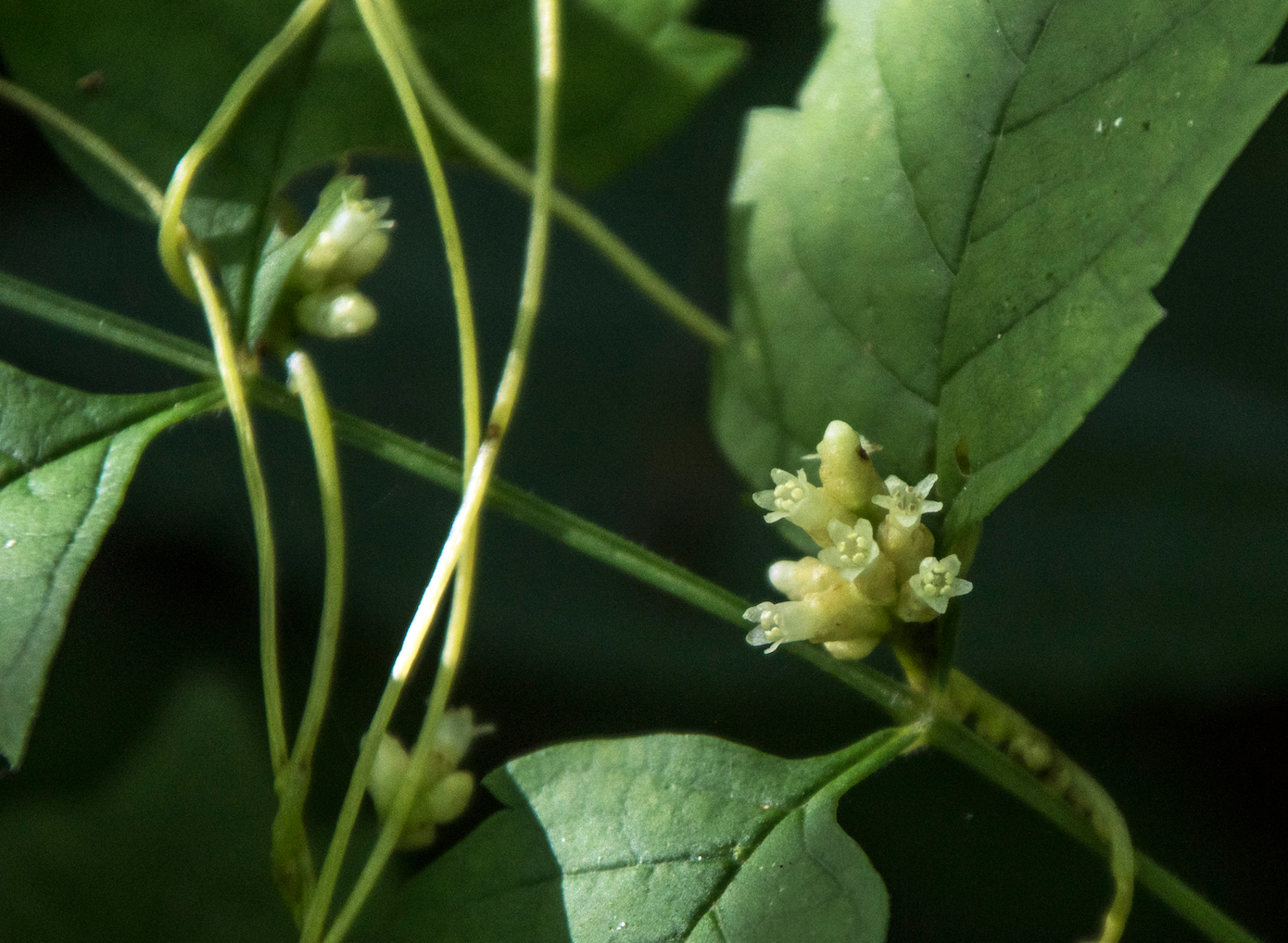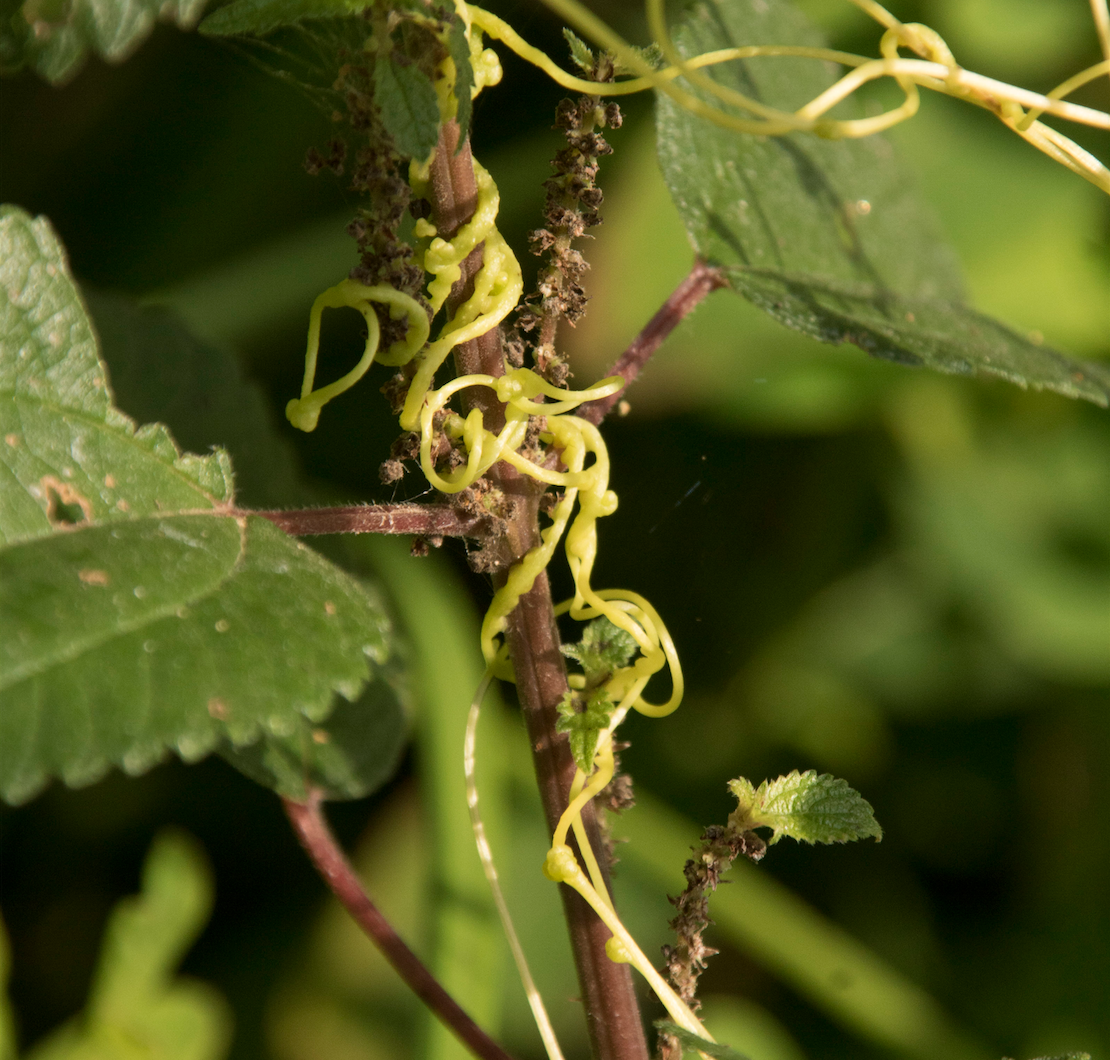Dodder: An interesting parasite
Published 7:36 am Thursday, September 27, 2018
Yesterday I was driving on the Powhite Parkway, getting ready to merge onto 288 S. when something bright orange caught my eye. There in some weeds on the left was a huge tangle of dodder (Cuscuta spp.). Yes, it lived up to its common name of devil’s guts. No, I didn’t even try to take a photo; some things just aren’t practical.
But, that tangle reminded me that dodder is an interesting plant. There are nine species of dodder in Virginia. They are all parasitic vines without leaves, just scale-like remnants at best. Some species are highly specialized in their choice of host while others are generalists. Buttonbush dodder and smartweed dodder must have very specific hosts to survive.
The most widely found species is Cuscuta gronovii, common dodder, which is found from Nova Scotia south to Florida. It generally grows in moist areas in full to partial sun. The color can vary from pale yellow to bright orange.
Common dodder is an obligate parasite, meaning it can’t complete its life cycle alone; it must have a host. When dodder seeds first sprout, they lack cotyledons but have temporary roots capable of supporting several inches of growth. To live past this stage, however, the tiny plants must attach themselves to a suitable host, twine around the stems, and within two to four days, develop specialized structures called haustoria that penetrate the host’s tissues to obtain nutrients. As soon as the young plants can obtain all of their nutrients from the host, the roots die, and the plants no longer have any connection to the ground. Dodder blooms and produces thousands of seeds that are capable of remaining dormant for many years. The seeds are dispersed by water and human activities.
Recent research shows that while dodder may cause some damage to its host, it’s also useful. Plants linked together by dodder seem to be able to communicate through the “network.” Scientists placed two soybean plants near each other and then parasitized them with dodder, which eventually grew over and connected both plants. The scientists then infested one of the plants with caterpillars, but kept the other one pest free. Nevertheless, the leaves of this plant showed heightened readiness for attacks by the caterpillars. When the experiment was repeated without the dodder connecting the two plants, the pest-free plant didn’t show any heightened readiness for a caterpillar infestation.
Plants are amazing, and we are still learning about their amazing feats and survival strategies. Yes, even communication skills.
If you find some dodder in a field or on a plant, take a minute to examine its tiny white, bell-shaped flowers and the way it twines throughout its hosts. Think about how this plant has no connection to the earth. Mother Nature is truly incredible.
CYNTHIA WOOD is a master gardener who writes two columns for The Herald. Her email address is cynthia. crewe23930@gmail.com.






